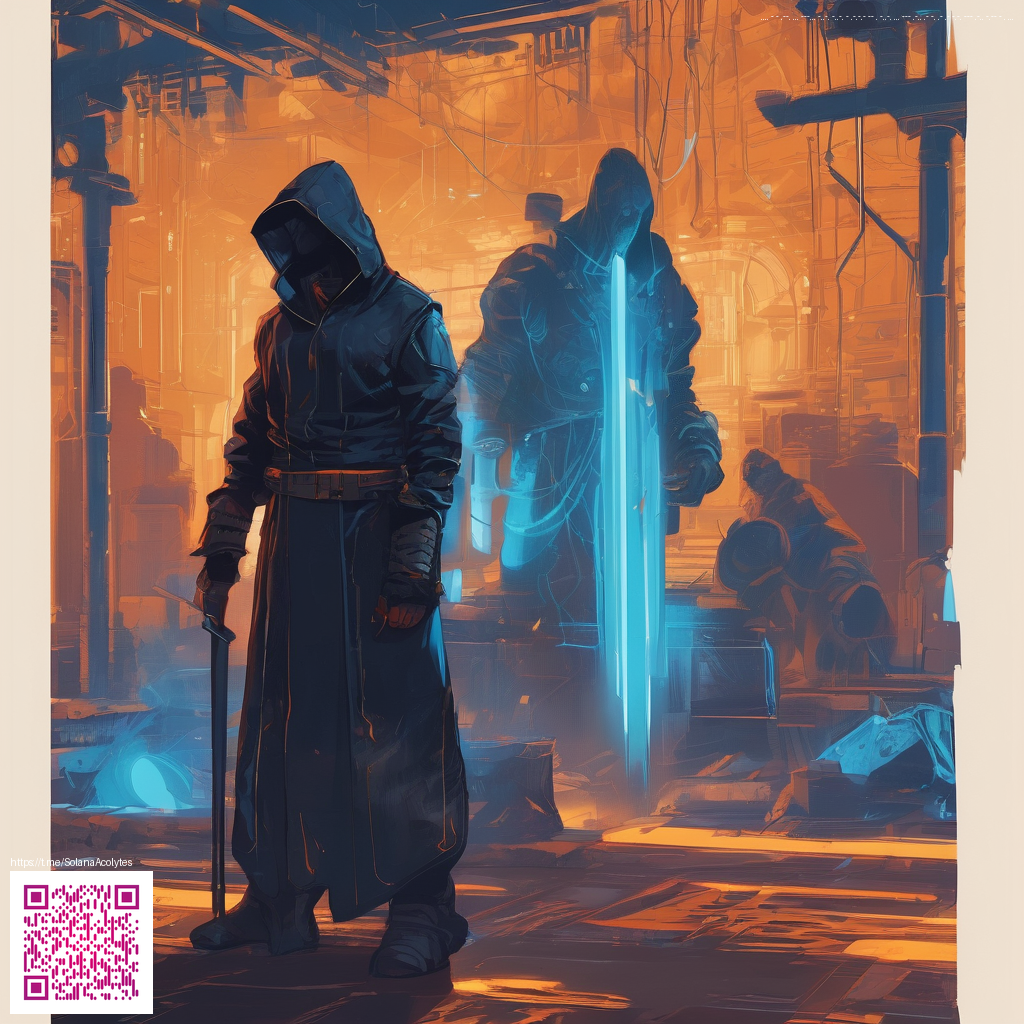
From Sketch to Scale: Why startups need design systems early
In the fast-moving world of startups, every decision counts. A design system is not a luxury; it’s the blueprint that helps teams turn rough sketches into cohesive, scalable products. When a small squad starts to ship features at speed, the risk of visual drift—where colors, typography, and UI patterns diverge—can quietly erode trust. A well-tuned design system acts like a shared language for designers, developers, and product managers. It reduces back-and-forth, speeds up iteration, and keeps the user experience consistent as your user base grows 💡.
Think of it as product infrastructure: tokens, components, and guidelines that travel with your brand as you recruit new teammates, expand to new platforms, or pilot verticals. The goal isn’t to splinter your creativity but to protect it. When you design with system-minded thinking, you preserve brand personality while enabling experimentation. This is especially valuable for startups that juggle both growth and iteration—because the faster you can align on a baseline, the quicker you can dial in differentiators 🧩.
From sketch to scale: a practical pathway for teams
Building a design system is a journey, not a one-off deliverable. It begins with clarity about your brand’s core assets and ends with a living toolbox that everyone can reuse. Here’s a pragmatic path that startups can follow without stalling velocity:
- Define design tokens. Capture color, typography, spacing, and elevation as values that map to code. Tokens act as the single source of truth, ensuring consistency across interfaces and platforms 💬.
- Create a lean component library. Start with the essentials—button, input, card, and modal. Build them to be accessible (WCAG-compliant) and responsive so they work on mobile as well as desktop 📱.
- Document usage and governance. Publish a living style guide that explains when and how to use each token and component. Establish owners and a lightweight change process so improvements don’t break the system later 🔧.
- Theme and accessibility first. Ensure your system supports theming for product lines or markets, and rigorously test contrast, focus states, and keyboard navigation from day one 🎨.
- Iterate in small increments. Treat the design system as a product, collecting feedback from engineers, designers, and growth teams. Small, continuous improvements beat massive rewrites every time 🔄.
“Design systems are not cages; they’re accelerators. They turn chaos into choreography so your team can push features with confidence and craft a consistent experience that scales.” —founder-friendly wisdom 🚀
For startups exploring brand storytelling and physical brand extensions, the connection between digital systems and tangible assets becomes clearer. Consider how a cohesive brand presence on a product page communicates reliability and personality. For inspiration on how branding can play out across channels, you might explore branded assets like the Neon Aesthetic mouse pad—a product that embodies how design choices travel from screens to desks. You can view the product briefly here: https://shopify.digital-vault.xyz/products/neon-aesthetic-mouse-pad-personalized-non-slip-neoprene-desk-decor 🖼️✨. And if you’re curious about related design content, a similar case study is discussed at https://cryptodegen.zero-static.xyz/3ae1eaa1.html 💡.
Practical tips to start today
Embedding a design system in a startup culture requires both discipline and flexibility. Here are some bite-sized strategies you can implement in the next sprint:
- Lobby a minimal viable system. Start with a handful of tokens and a components set that reuses across your product lines, then expand based on real needs. This keeps the effort small but impactful 🌱.
- Automate where you can. Integrate tokens into your design tools and development pipelines so updates propagate consistently with minimal manual work 🤖.
- Make accessibility non-negotiable. Build inclusive components from day one; it saves cost and expands your potential audience 👩🦽👨🦯.
- Empower a design system owner. A lightweight governance role helps maintain cohesion without bottlenecks, keeping momentum and clarity 🔍.
- Measure adoption and impact. Track component reuse, design-to-code lead time, and deviation rates to prove value to stakeholders 📈.
As teams scale, the design system becomes less about a single library and more about a culture of consistency. It’s a living contract that evolves with product strategy, engineering capabilities, and user feedback. The payoff is visible in faster iterations, fewer UI quirks, and stronger brand resonance across every touchpoint 🌟.
Bringing the system to life in product development
In practice, the transition from sketch to scalable product requires close collaboration between designers and engineers. The design system acts as a bridge—translating visual language into reusable code while preserving expressive nuance. This alignment reduces late-stage surprises and shortens cycles, enabling teams to answer questions like, “How would this button look in a dark theme?” with confidence rather than debate 📣.
Another advantage is consistency in onboarding. For startups that bring new designers and developers onto the team, a well-documented system shortens ramp time and accelerates contribution. New hires can plug into a shared vocabulary, pick up existing patterns, and focus on solving user problems rather than re-creating the wheel. In turn, the organization can scale its product portfolio without fragmenting its brand identity 🚀.
Brand coherence across channels
Consider how a brand asset library—whether digital or physical—helps new users recognize and trust your product. A crisp, consistent aesthetic signals quality and reliability. Your design system is the civic infrastructure that keeps that signal clear as you add features, markets, or devices. And while the journey from sketch to scale is ongoing, the payoff is measurable: faster shipping, happier users, and a brand that feels unmistakably yours 🎯.